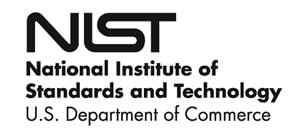RSS feed source: Federal Emergency Management Agency
OKLAHOMA CITY – If you live in Cleveland, Creek, Lincoln, Logan, Oklahoma, Pawnee, and Payne counties and were affected by the wildfires and straight-line winds that occurred March 14-21, 2025, you may be eligible for FEMA assistance.
How To Apply for FEMA AssistanceApply online at www.DisasterAssistance.gov.Download the FEMA App for mobile devices.Visit one of the state-led, FEMA supported, community sites.Call the FEMA helpline at 800-621-3362 between 6 a.m. and 10 p.m. CT. Help is available in most languages. If you use a relay service, such as video relay (VRS), captioned telephone or other service, give FEMA your number for that service.To view an accessible video about how to apply visit: Three Ways to Register for FEMA Disaster Assistance – YouTube.
When you apply for assistance, have this information readily available:
If insured, the policy number or the agent and/or the company name.A current phone number where you can be contacted.Your address at the time of the disaster and the address where you are now staying.Your Social Security number, if available.A general list of damage and losses.Banking information for direct deposit if available.
Remember to keep receipts from all purchases related to cleanup and repair.
Within 10 days after registering, a FEMA Inspector will contact you to schedule an appointment. To be prepared for the visit, please have the following documents available to support the inspection:
Driver’s License (State
Click this link to continue reading the article on the source website.


